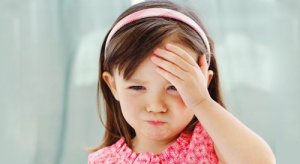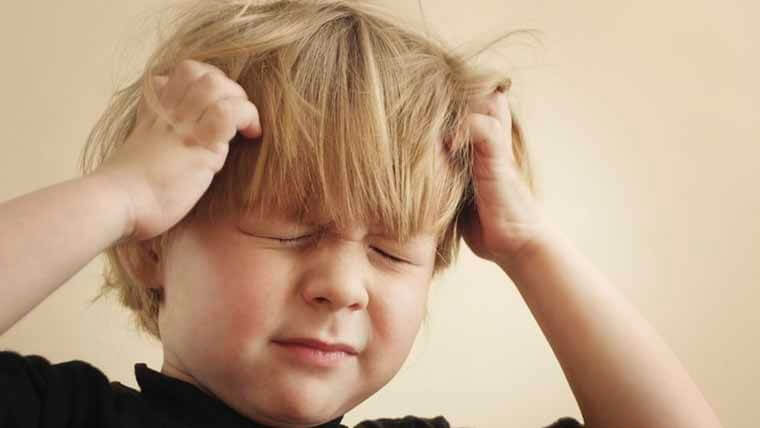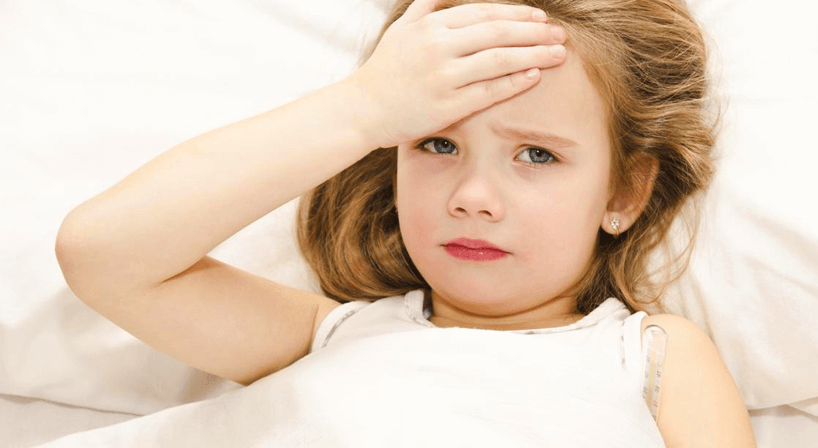How to Handle Headaches in Children


Written and verified by the child educator Pedro González Núñez
One of the most frequent pains that people experience are headaches. Headaches can affect the neck, head and scalp. There are various causes for this pain, whether they are physical or psychological, such as from stress. Until recently, it was believed that children didn’t have headaches. But today we see that even infants can suffer from them.
Headaches in children may be due to various causes (lack of sleep, playing too much in the sun, etc). It can be a pain in a certain place of the head, or generalized pain (all over the skull). In this article we will see how we should handle or children’s headaches.
Causes of Headaches in Children
Headaches in children can have many causes and also differ in severity. It is essential that we know how to distinguish between a passing pain, mild discomfort, and a more acute pain that requires medical treatment.
This pain can be caused by:
- Lack of sleep and fatigue
- Dehydration
- A blow to the head
- Skipping meals
- Watching too much television
- Spending too much time in front of the computer, if the child is older
- Traveling a long distance
- A cold, flu, etc.
- Ear or mouth infection
- Migraines in Children
In most cases, children’s headaches are easily explained, they are short-lived, and they are uncommon.

If we notice that they are having frequent pains, at least once a month, or have pain for a long time, we should consult a pediatrician as soon as possible in order to diagnose what is happening to the child.
It is also important for parents to observe whether their child’s headaches are accompanied by other symptoms such as vomiting, fever, dizziness, etc. If so, they should also go to the doctor immediately. A doctor will be able to address their concerns and give them options for treating their child’s pain.
Types of Headaches in Children
An acute headache
Pain might be limited to a particular place on the head, or can be spread out. Remember that acute pain may be due to middle ear inflammation or a sinus infection. Tooth pain may also cause severe or generalized pain.
Generalized and extensive pain, accompanied by fever
The main cause is usually an infection. If there is no fever, it may be due to a head injury, high blood pressure or carbon monoxide poisoning.
Acute headache, that has happened on other occasions
This pain is often a sign of migraines. It is usually accompanied by nausea or vomiting and usually there is a family history of it. Although it is more rare, this may be produced by epilepsy. Emotional tension can cause this type of pain.
Localized or generalized pain, with different symptoms than usual
This type of pain should be monitored by your pediatrician or neuropediatrician: If painkillers do not soothe the pain, the pain lasts for many days, it causes double vision or the child wakes up at night.
How can you handle children’s headaches?
The first thing to do is to figure out what kind of pain your child suffers from, and if it occurs regularly. If so, you should immediately consult with a pediatrician so that they can identify what kind of pain it is, and let you know what treatment is appropriate.

Depending on what the pediatrician tells you, you can supplement the prescribed treatments with home remedies that can help lessen the pain and will not harm their health. Some of these are:
- Putting the child to bed in their room with the light out to rest.
- Doing breathing exercises to relax if it is a tension headache.
- Applying wet cloths to the forehead and neck, alternating between heat and cold.
- Neck massages.
- Having them move their arms and hands so that the blood flows and the congestion in the head is relieved.
- Putting their hands in hot water for five minutes at a time.
This text is provided for informational purposes only and does not replace consultation with a professional. If in doubt, consult your specialist.








